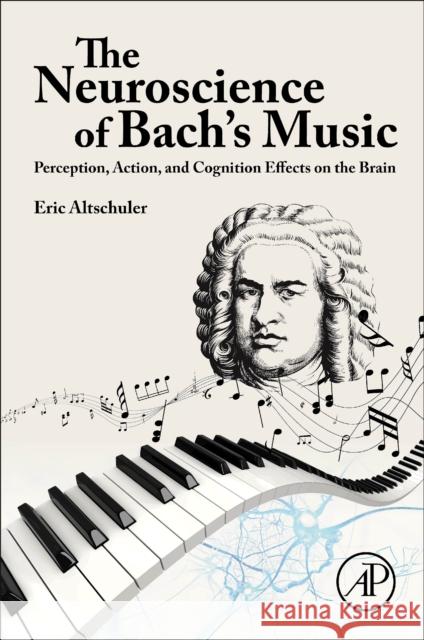The Neuroscience of Bach’s Music: Perception, Action, and Cognition Effects on the Brain » książka
topmenu
The Neuroscience of Bach’s Music: Perception, Action, and Cognition Effects on the Brain
ISBN-13: 9780443135194 / Miękka / 2024 / 300 str.
Kategorie:
Kategorie BISAC:
Wydawca:
Elsevier Science Publishing Co Inc
ISBN-13:
9780443135194
Rok wydania:
2024
Ilość stron:
300
Waga:
0.45 kg
Wymiary:
22.9 x 15.1
Oprawa:
Miękka











